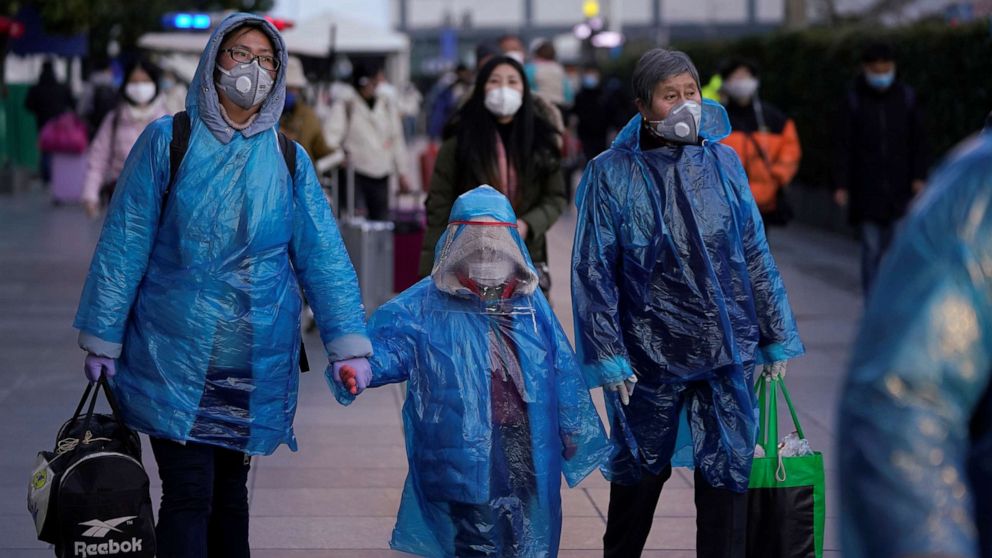CDC issues additional travel restrictions for Americans on infected cruise ship
Faced with continuing transmissions of novel coronavirus on the Diamond Princess, the Centers for Disease Control and Prevention issued new travel restrictions for the ship's passengers and crew on Tuesday.
After leaving the ship, on which passengers are scheduled to be released from quarantine Feb. 19, all passengers and crew will be required to wait an additional 14 days before returning to the United States. Should an individual from the cruise arrive in the U.S. earlier than that, they'll be subject to mandatory quarantine until they've gone 14 days without exhibiting symptoms or, conversely, test positive. More than 100 Americans remain either on the ship or hospitalized in Japan.
"Because of their high-risk exposure, there may be additional confirmed cases of COVID-19 among the remaining passengers on board the Diamond Princess," the CDC said in a statement.
The ship, which is docked off the coast of Japan, is the largest center of infection outside China.
Meanwhile, the director of a hospital in Wuhan, China, the epicenter of the novel coronavirus outbreak, died on Tuesday after contracting the virus.
Liu Zhiming, 51, was a neurosurgeon and director of the Wuchang Hospital in Wuhan, according to the Wuhan health commission.
Zhiming's death follows last week's report that more than 1,700 medical workers had been sicked by the virus, and six had died, most of them in Hubei province.
So far, there have been more than 72,500 infections in China and 1,850 deaths, according to the World Health Organization, with three deaths recorded outside of China. In the past 24 hours, 110 new cases of novel coronavirus were diagnosed outside of China.
Among those, 90% were diagnosed on the Diamond Princess cruise ship, docked off the coast of Japan.
"The situation on the ship obviously has evolved," Dr. Mike Ryan, executive director of WHO's Health Emergencies Program, said at a Tuesday news conference. While quarantining passengers in separate accommodations on the ship seemed like a better option than dispersing those individuals around the world a few weeks ago, "there's been more transmission than expected."
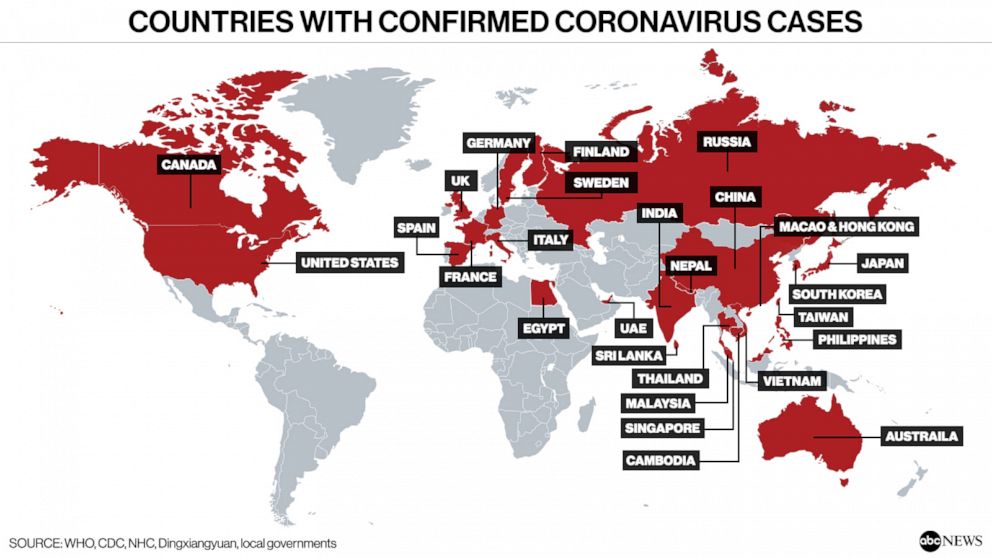
A new study by the Chinese Center for Disease Control and Prevention, an agency of the National Health Commission, found that more than 80% of those who've contracted the newly discovered virus -- known officially as COVID-19 -- had mild symptoms and recovered, while 14% of the cases included severe symptoms, like pneumonia and shortness of breath. About 5% of patients had critical symptoms, such as organ and respiratory failure or septic shock.
The study, which cited analyses of more than 44,000 cases of COVID-19, also found that a patient's risk of death increased with their age, and relatively few children had contracted the disease.
Scientists need more research to understand why so few cases of the disease have been in children, World Health Organization Director-General Tedros Adhanom Ghebreyesus said at a press conference Monday. And while the data indicates a decline in cases, Tedros cautioned that the trend should be "interpreted very cautiously."
"It's too early to tell if this reported decline will continue," he told reporters. "Every scenario is still on the table."
At a press briefing in Ethiopia on Tuesday, Secretary of State Mike Pompeo called on China to "increase its transparency" about the outbreak.
"We hope that every country that has information -- this includes China -- will be completely open and transparent. It took us too long to get the medical experts into the country," he said. "But we are hopeful that the Chinese government will increase its transparency [and] will continue to share this information."
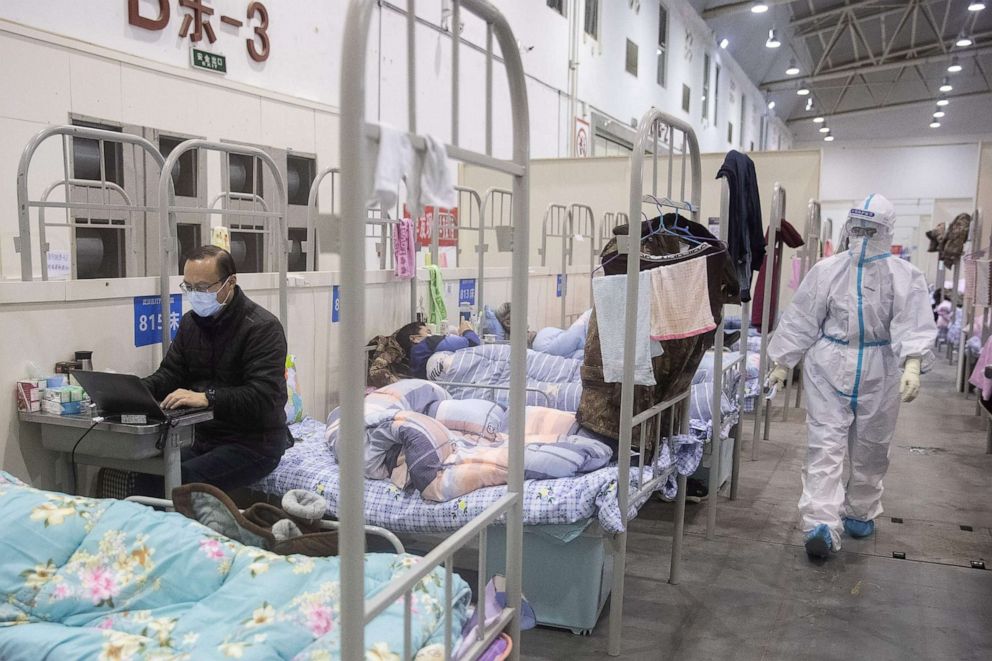
COVID-19 causes symptoms similar to pneumonia, ranging from the mild, such as a slight cough, to the more severe, including fever and difficulty breathing, according to the U.S. Centers for Disease Control and Prevention. There is no vaccine yet for the virus.
The Diamond Princess docked at the Japanese port of Yokohama on Feb. 3 and was placed under quarantine two days later, as passengers and crew tested positive for COVID-19. Since then, more than 540 people on board the cruise ship have been infected with the disease -- 99 of whom were confirmed in the past 24 hours. At least one quarantine officer also has been infected, according to Japan's Ministry of Health, Labor and Welfare, which is leading and coordinating the public health response on board.
Those aboard the ship who were infected were brought ashore for treatment, while thousands of others were confined to their rooms until the quarantine period ends.
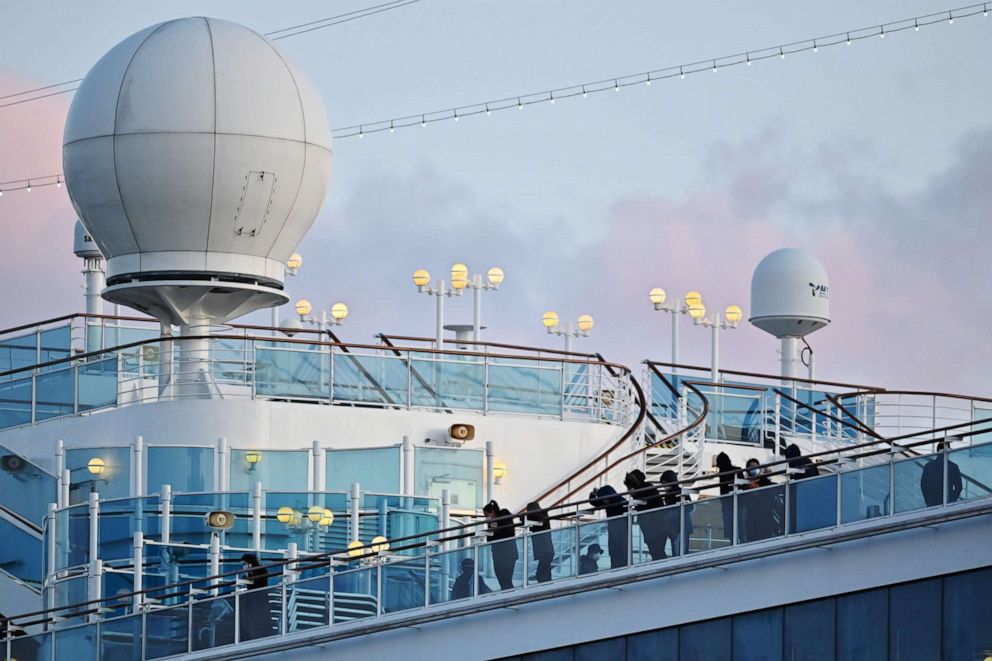
The United States is the first country to evacuate its citizens from the quarantined ship in Japan. More than 300 Americans, including 14 who'd tested positive for the novel coronavirus, were evacuated Monday on two flights chartered by the U.S. government, officials said. Roughly 60 Americans, some who were hospitalized and others who opted to stay on the ship, remain in Japan.
The first charter flight landed at Travis Air Force Base in California early Monday morning. The second landed soon after at Lackland Air Force Base in Texas. Everyone on board will be quarantined for 14 days. Several individuals, including some who tested positive, were transferred to hospitals, officials said.
Princess Cruises, which operates the cruise ship, announced in a statement Sunday that it will cancel all Diamond Princess voyages through April 20 due to the "prolonged quarantine period." The cruise line is offering a full refund to all 2,666 guests, more than 400 of whom were from the U.S.
The initial cases of COVID-19 emerged in December in Wuhan, the capital of China's central Hubei province. Chinese authorities have placed the city on lockdown in an effort to contain the virus.
The WHO has declared the outbreak a global health emergency, with a "very" high risk of spread within China and a "high" risk of spread at the global and regional levels.
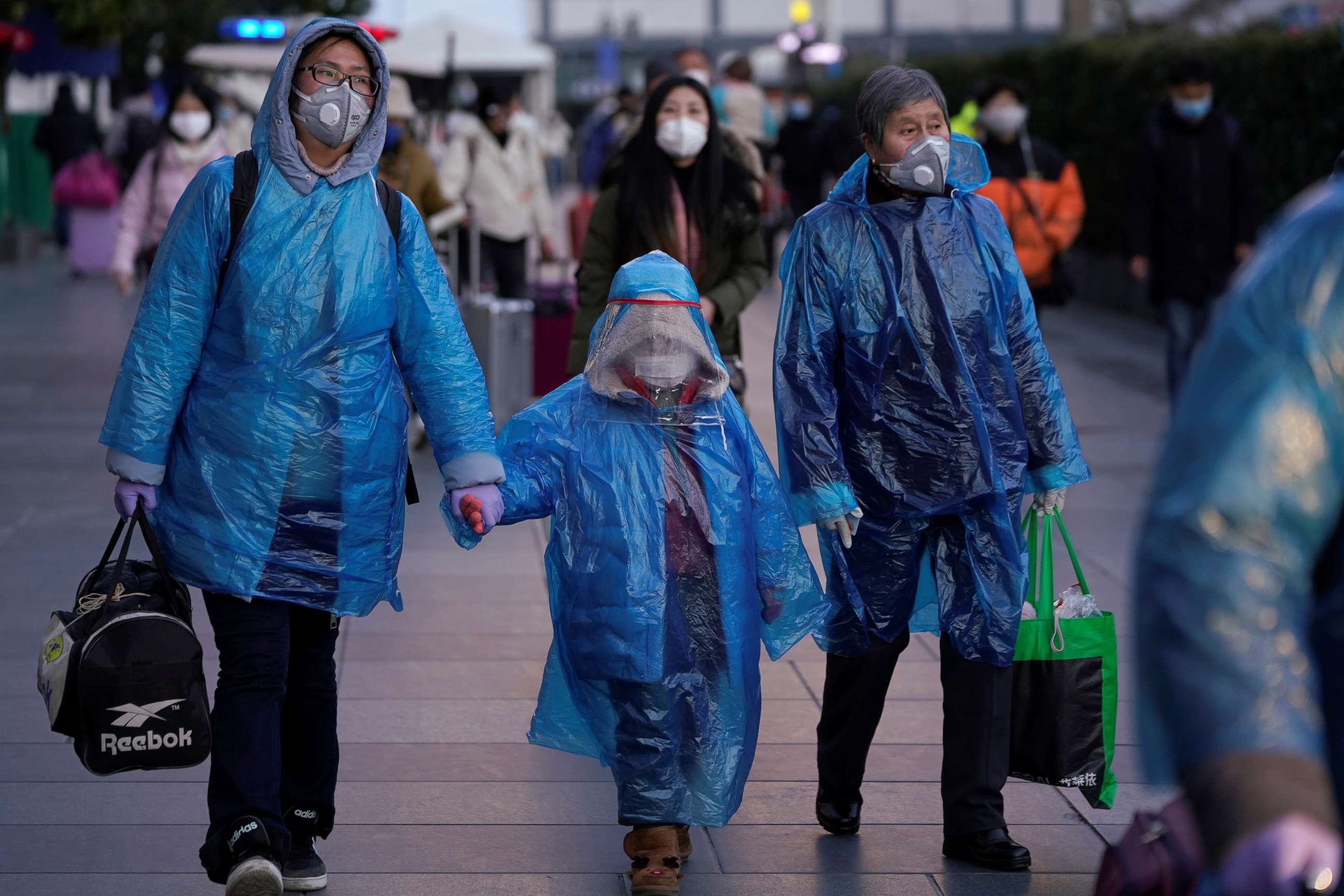
The Health Commission of Hubei Province announced on Feb. 13 a change in how cases would be diagnosed and counted, with the total number of confirmed cases now including "clinically diagnosed cases," or patients who showed symptoms of the disease and were diagnosed through CT scans of the lungs, for instance, but not yet had laboratory testing.
The expanded criteria is meant to ensure "patients can receive standardized treatment according to confirmed cases as early as possible to further improve the success rate of treatment," the commission said in a statement.
ABC News' Joseph Simonetti, Connor Finnegan and Christine Theodorou contributed to this report.
This report was featured in the Tuesday, Feb. 18, 2020, episode of “Start Here,” ABC News' daily news podcast.
"Start Here" offers a straightforward look at the day's top stories in 20 minutes. Listen for free every weekday on Apple Podcasts, Google Podcasts, Spotify, the ABC News app or wherever you get your podcasts.
